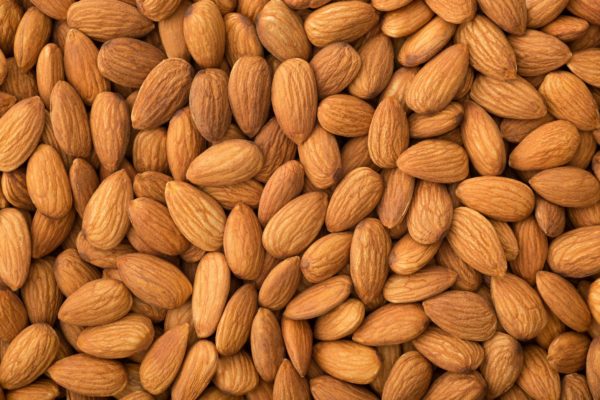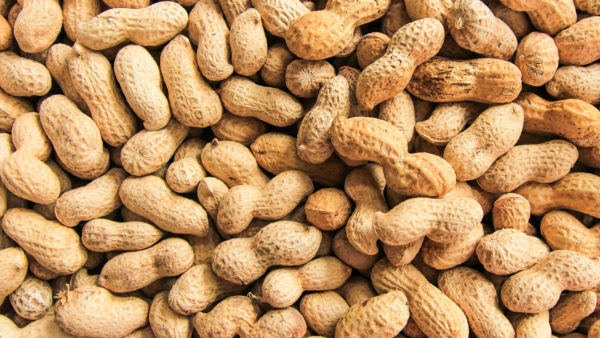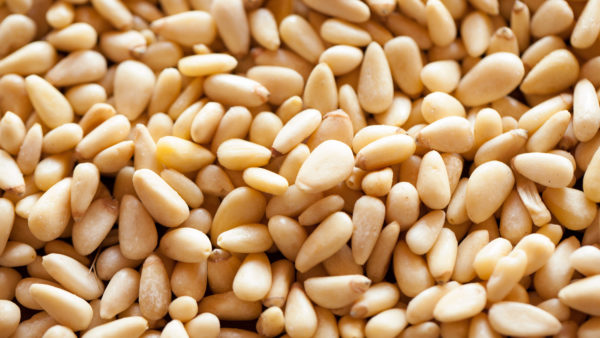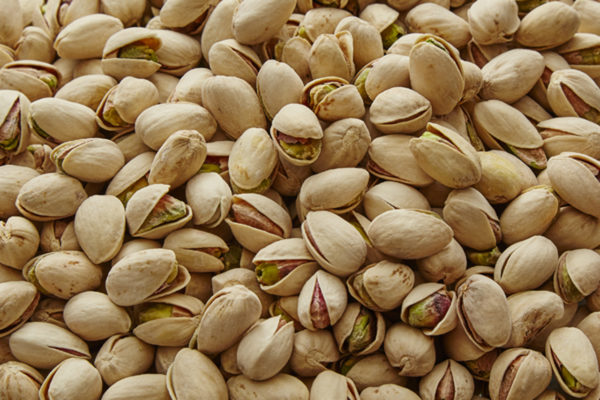Almonds nuts
Almonds are the edible seeds of Prunus dulcis, more commonly called the almond tree. They are native to the Middle East, but the US is now the world’s largest producer. The almonds you can buy in stores usually have the shell removed, revealing the edible nut inside. They are sold either raw or roasted.
Apricot Kernels
Betel Nuts
Macadamia Nuts
Macadamia nuts are tree nuts that have a subtle, butter-like flavor and creamy texture. Native to Australia, macadamia trees are now grown in various places around the world, such as Brazil, Costa Rica, Hawaii, and New Zealand. Like most other nuts, macadamia nuts are rich in nutrients and beneficial plant compounds
Peanuts
Peanuts are legumes that grow on a plant under the earth. The peanut plant is an unusual plant because the fruits grow exceptionally quickly. It takes 120 to 160 days from seed to harvest.
Pecan Nuts
Pine Nuts
Pine nuts (also called pignoli) are the edible seeds of pine trees. Seeds are the inner, usually edible part of a hard, inedible nut casing. Pine nuts are one of the more expensive nuts on the market because of the time required to grow the nuts and the effort to harvest the seeds from their protective encasement.
Pistachio Nuts
Pistachio nuts are not only tasty and fun to eat but also super healthy. These edible seeds of the Pistacia vera tree contain healthy fats and are a good source of protein, fiber, and antioxidants. What’s more, they contain several essential nutrients and can aid weight loss and heart and gut health.
Processed Cashew Kernels
Raw Cashew Nuts
The cashew tree is a tropical evergreen tree that produces the cashew seed and the cashew apple. The tree can grow as high as 14 m, but the dwarf cashew, growing up to 6 m, has proven more profitable, with earlier maturity and greater yields.
Walnuts
Walnuts (Juglans regia) are a tree nut belonging to the walnut family. They originated in the Mediterranean region and Central Asia and have been part of the human diet for thousands of years. These nuts are rich in omega-3 fats and contain higher amounts of antioxidants than most other foods.












